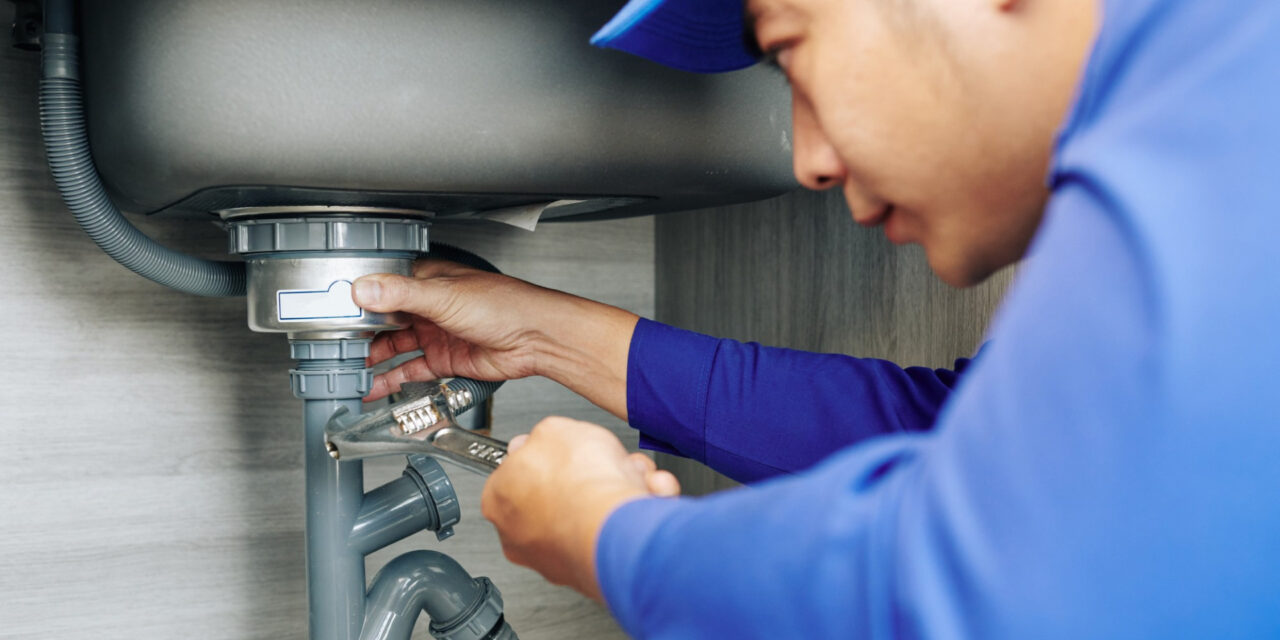Almost everyone has got their private thinking when it comes to Detecting hidden plumbing leaks.
.jpg)
Early detection of leaking water lines can reduce a possible catastrophe. Some little water leaks might not be noticeable.
1. Take A Look At the Water Meter
Every residence has a water meter. Examining it is a proven manner in which helps you discover leakages. For beginners, turn off all the water resources. Make sure nobody will purge, use the tap, shower, run the washing device or dishwasher. From there, most likely to the meter and watch if it will certainly change. Considering that no one is using it, there need to be no movements. That indicates a fast-moving leak if it relocates. Likewise, if you find no changes, wait a hr or two as well as inspect back once more. This suggests you might have a slow-moving leakage that could also be underground.
2. Check Water Consumption
If you identify sudden modifications, despite your usage being the very same, it implies that you have leakages in your plumbing system. A sudden spike in your expense shows a fast-moving leak.
A constant rise every month, also with the very same practices, reveals you have a slow leak that's likewise slowly rising. Call a plumber to extensively check your building, especially if you feel a cozy location on your flooring with piping below.
3. Do a Food Coloring Examination
30% comes from bathrooms when it comes to water consumption. Examination to see if they are running appropriately. Drop flecks of food shade in the storage tank and wait 10 mins. There's a leak between the storage tank as well as dish if the color in some way infiltrates your bowl during that time without flushing.
4. Asses Outside Lines
Don't fail to remember to examine your outdoor water lines too. Test faucets by attaching a garden pipe. Must water permeate out of the link, you have a loose rubber gasket. Replace this and guarantee all connections are limited. If you have actually obtained a sprinkler system, it will help get it expertly checked out and also kept every year. One little leakage can squander tons of water and increase your water expense.
5. Inspect as well as Examine the Scenario
Homeowners must make it a behavior to inspect under the sink counters and also also inside cabinets for any type of bad odor or mold and mildew development. These two red flags suggest a leak so punctual attention is needed. Doing routine inspections, also bi-annually, can conserve you from a significant issue.
Extra significantly, if you understand your residence is currently old, keep a watchful eye on your heating systems, pipes, pipes and so on. Look for discolorations and compromising as most home appliances and pipes have a life span. They will additionally normally weaken as a result of tear and put on. If you think dripping water lines in your plumbing system, don't await it to intensify. Call a specialist plumber right now so you do not end up with a dreadful mess in your home.
Early detection of leaking water lines can mitigate a possible calamity. Some little water leakages might not be noticeable. Examining it is a proven means that assists you discover leaks. One little leakage can throw away bunches of water and also increase your water expense.
If you think leaking water lines in your plumbing system, do not wait for it to rise.
WARNING SIGNS OF WATER LEAKAGE BEHIND THE WALL
PERSISTENT MUSTY ODORS
As water slowly drips from a leaky pipe inside the wall, flooring and sheetrock stay damp and develop an odor similar to wet cardboard. It generates a musty smell that can help you find hidden leaks.
MOLD IN UNUSUAL AREAS
Mold usually grows in wet areas like kitchens, baths and laundry rooms. If you spot the stuff on walls or baseboards in other rooms of the house, it’s a good indicator of undetected water leaks.
STAINS THAT GROW
When mold thrives around a leaky pipe, it sometimes takes hold on the inside surface of the affected wall. A growing stain on otherwise clean sheetrock is often your sign of a hidden plumbing problem.
PEELING OR BUBBLING WALLPAPER / PAINT
This clue is easy to miss in rooms that don’t get much use. When you see wallpaper separating along seams or paint bubbling or flaking off the wall, blame sheetrock that stays wet because of an undetected leak.
BUCKLED CEILINGS AND STAINED FLOORS
If ceilings or floors in bathrooms, kitchens or laundry areas develop structural problems, don’t rule out constant damp inside the walls. Wet sheetrock can affect adjacent framing, flooring and ceilings.
https://www.servicemasterbyzaba.com/blog/how-to-detect-water-leakage-in-walls/

I'm just very involved in Finding hidden leaks and I hope you enjoyed my blog posting. Be sure to take the opportunity to distribute this write-up if you enjoyed it. We cherish reading our article about Detecting hidden plumbing leaks.